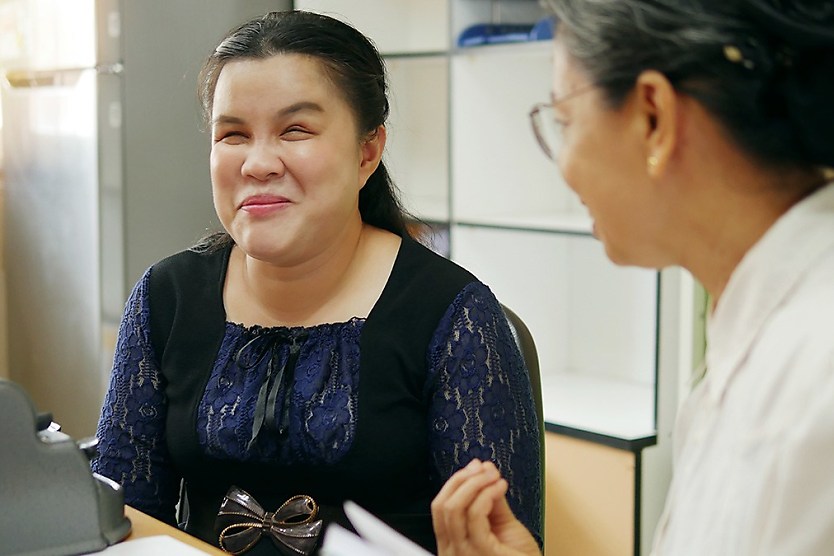
Getting a job opportunity can be a difficult task for members of the blind and visually impaired community, yet if they are afforded comprehensive support, their unique skill sets can be a real asset in the workplace.
According to a new report from Vision Australia, people with sight loss are significantly less likely to be employed full-time compared to their sighted counterparts.
Results from the report showed that Australia had the lowest full-time employment rate for the blind and visually impaired community, at just 24 per cent.
“In this day and age, it’s shocking to see such a stark disparity when it comes to full-time employment rates for people who are blind,” said John Rafferty, CNIB Foundation president and chief executive.
“With all the technological advancements and educational opportunities available, people with sight loss shouldn’t be disadvantaged when trying to find a job.”
The report, however, offered a way forward for the community. A strong link was discovered between educational background and full-time employment for people with sight loss. It was shown that in Australia, only 10.6 per cent of people with sight loss who do not have a high school diploma work full-time, compared to 28 per cent with a post-secondary degree.
Ron Hooton, Vision Australia chief executive, said: “This research tells us something we have known for some time in the international sight loss community: education drives employment outcomes.
“Our kids need comprehensive support delivered by specialists who understand blindness and its unique impacts on learning to help them thrive in school and succeed in their future careers.”
Education is a major component of increasing the number of blind and visually impaired people in the workforce, but there also needs to be a concerted effort from employers and organisations to adapt attitudes and practices to be more open towards them.
Technology can play a big role in closing that gap between the blind and visually impaired community and employment.
Kyle Johnson, CEO and president of Lighthouse Works, said new technological developments can really assist the community: “With this technology, organisations have a massive opportunity to increase their impact and contribute to a more equitable world by providing more inclusive workplace environments and career advancement opportunities for this underrepresented population.”
According to the Australian government, as part of the 2024–25 budget, disability employment reforms were announced, which featured a new program that will focus on assisting people with disability to find and maintain sustainable employment.
It’s crucial that organisations do not wait for the legislation and get ahead of the curve by improving their support for this under-represented community.
RELATED TERMS
Disability is a persistent condition that limits an employee's capacity to carry out routine tasks. It refers to anything permanent or likely to be permanent, may be chronic or episodic, is attributable to intellectual, mental, or physical impairment, and is likely to require continuous support services.
Kace O'Neill
Kace O'Neill is a Graduate Journalist for HR Leader. Kace studied Media Communications and Maori studies at the University of Otago, he has a passion for sports and storytelling.










